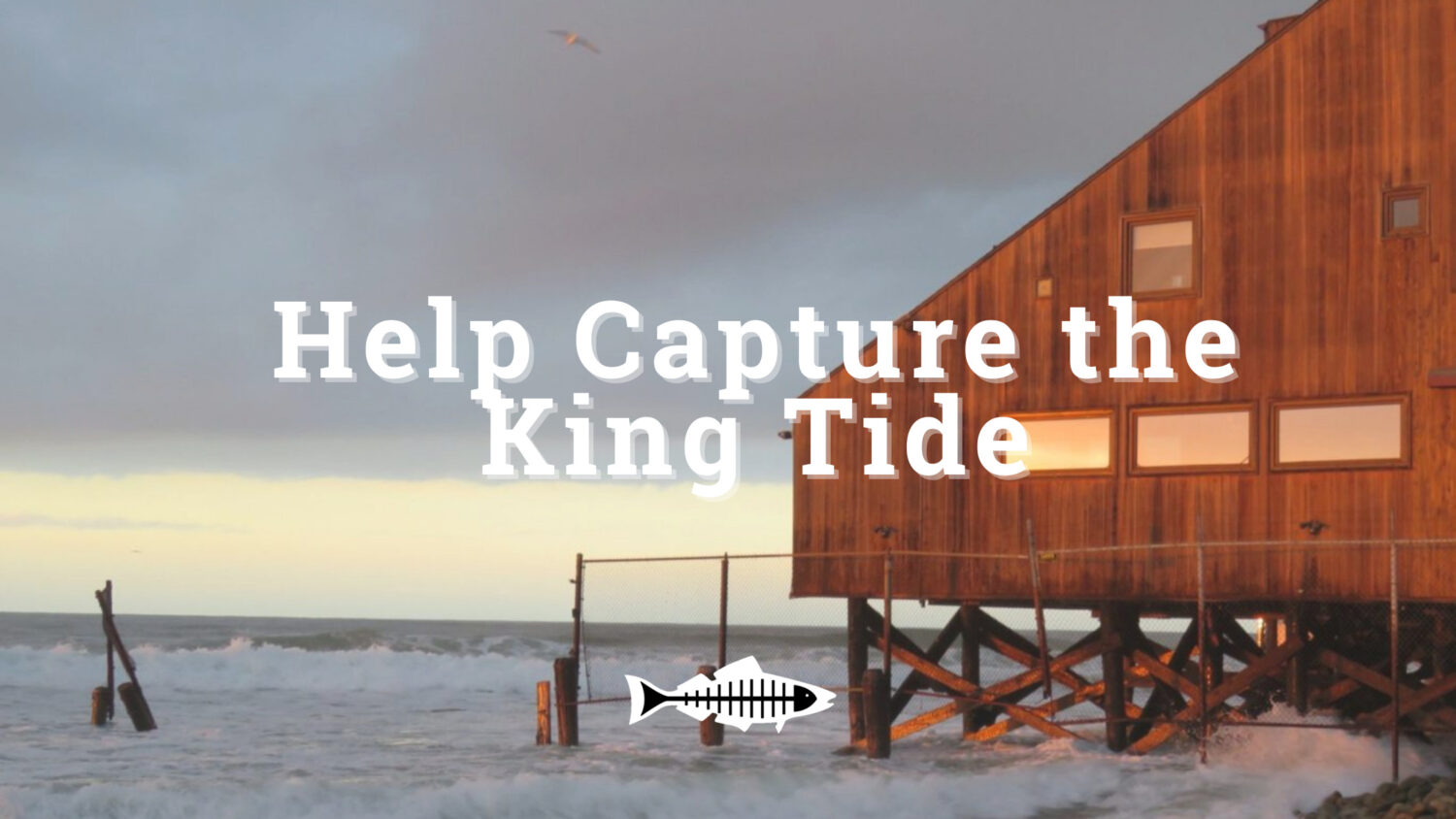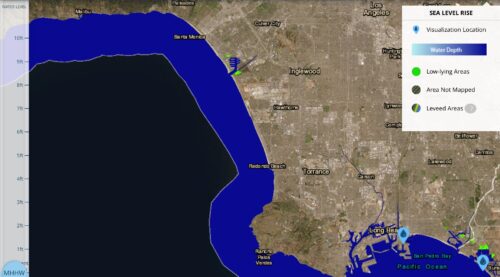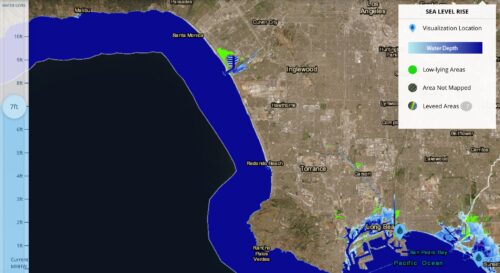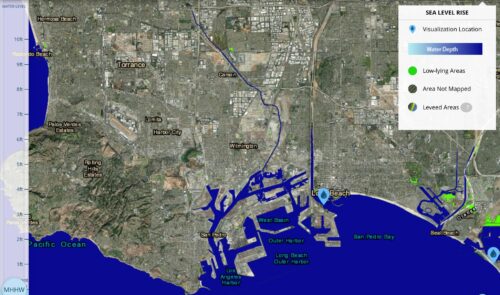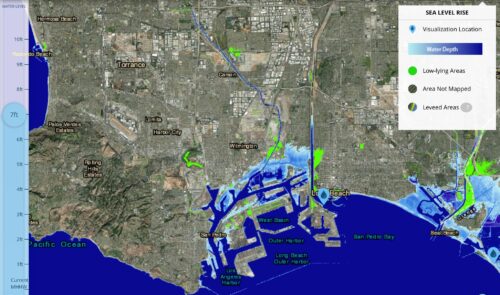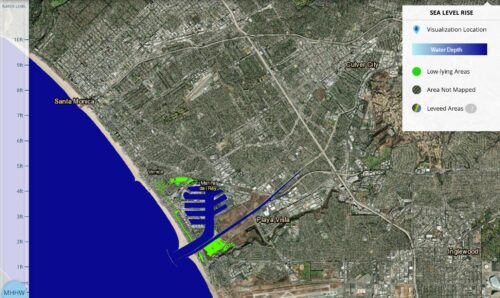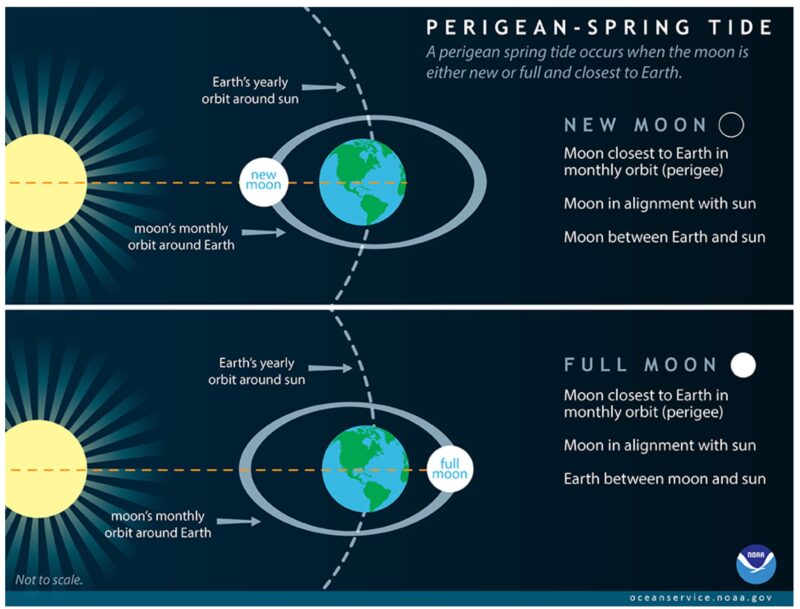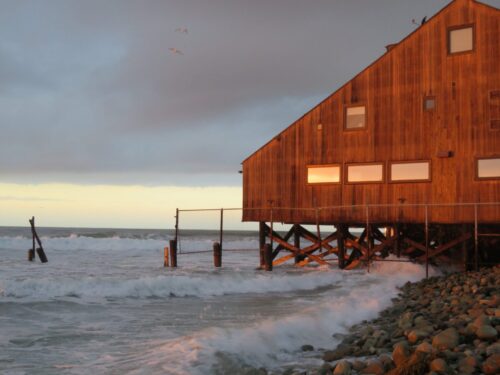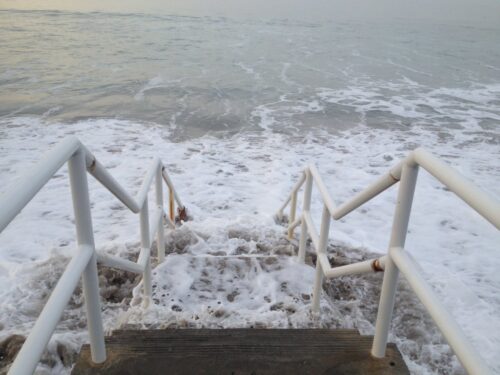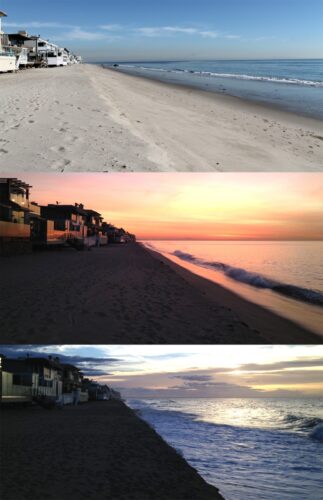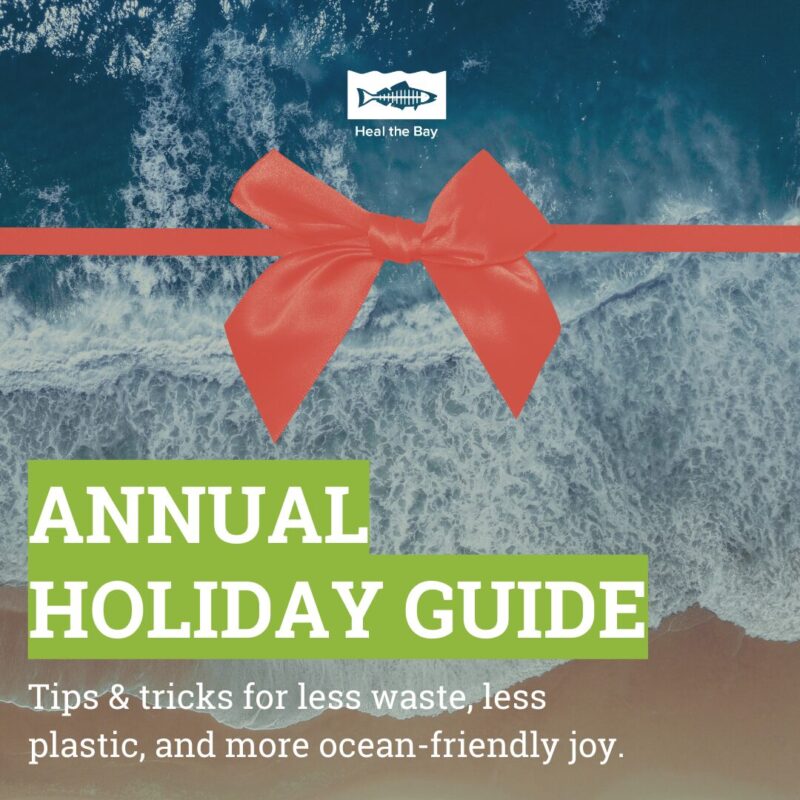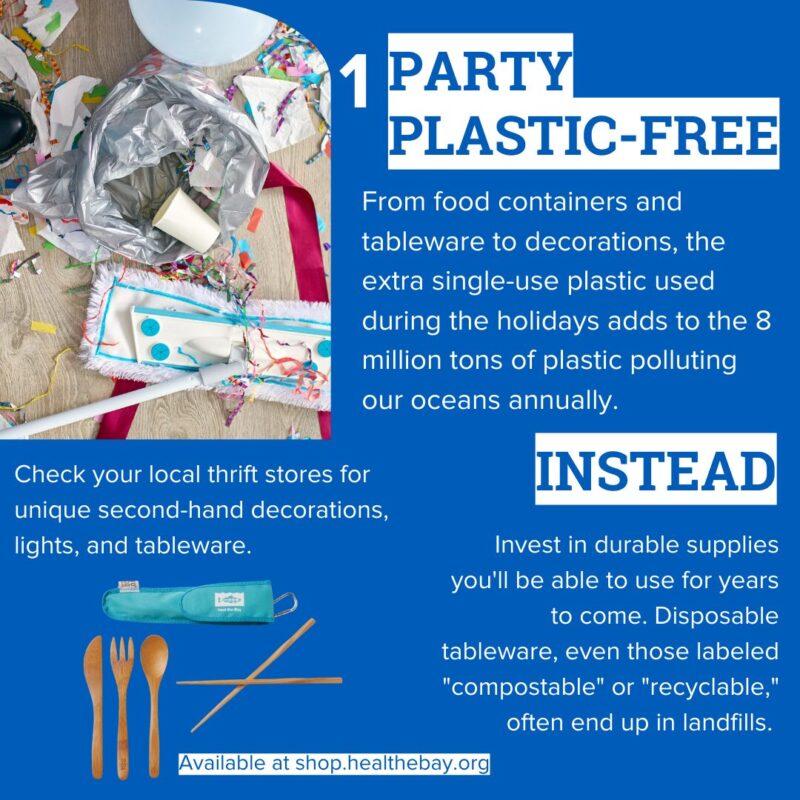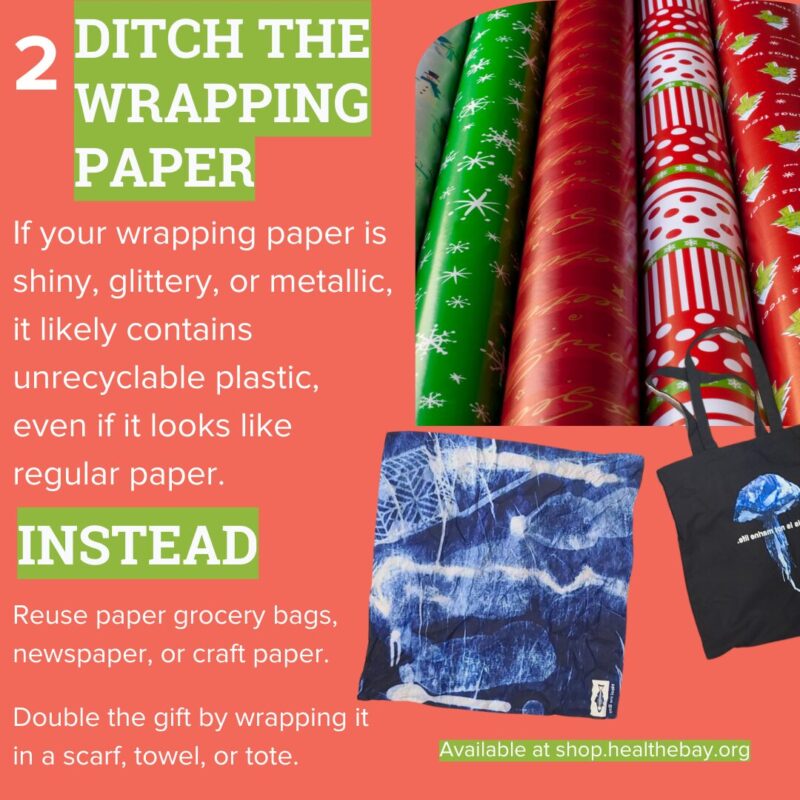Heal the Bay strongly disagrees with the use of Topanga Creek and the Will Rogers State Beach parking lot for the sorting and staging of hazardous waste. In January, Heal the Bay met with the EPA to obtain information and discuss our concerns. See our original January FAQ on the Topanga site to learn more. Since then, Heal the Bay has been hard at work advocating for the communities, ecosystems, and coastal waters impacted by this work.
Our February update is below.
UPDATE 2/11/2025
On February 8, 2025, Heal the Bay’s Associate Director of Science and Policy, Annelisa Moe, toured the EPA hazardous waste sorting and storage sites at Topanga Creek and Will Rogers State Beach with Supervisor Lindsey Horvath, the EPA, and FEMA. The pollution mitigation measures observed by Heal the Bay at the Topanga site caused concern as they did not seem adequate. While we continue to fight for the EPA to move operations to a safer location, our Science & Policy Team is also developing recommendations to strengthen mitigation measures to prevent contaminants from leaving the EPA sites and polluting our beaches, creeks, lagoon, and bay.
Let us be clear. Heal the Bay strongly disagrees with the use of Topanga Creek and Will Rogers State Beach parking lot for the sorting and staging of hazardous waste. We also recognize that the most dangerous situation is for hazardous waste to remain in the community, exposed to the elements, with few measures in place to prevent the contaminants from reaching the ocean. If the EPA does not move its operations to a more acceptable site, we demand that it implement stronger pollution mitigation and begin water quality testing at these sites.
Here is a timeline outlining Heal the Bay’s actions since the EPA designated the site.
-
- January 28, 2025: We learned about the selection of Topanga Creek as the EPA/FEMA hazardous waste staging and sorting location and immediately requested a meeting with the EPA.
-
- January 30, 2025: Heal the Bay met with EPA and learned that operations had already begun and that it was unlikely that EPA would elect to close the site and move operations elsewhere. We also learned that the Newsom Administration offered the Will Rogers State Beach and Topanga Creek sites because they are state-owned and met the basic criteria for a Phase 1 site. Additionally, we learned that EPA would need an additional 25 acres to stage and sort hazardous waste and that the state had offered Will Rogers State Beach, but it had been rejected due to opposition from City of LA officials.
-
-
- Heal the Bay expressed that we strongly disagreed with the Topanga location and recommended that EPA explore the commercial area near the Palisades village.
-
-
- February 2, 2025: Heal the Bay CEO Tracy Quinn began participating in a multi-agency Beach Cleanup and Restoration Taskforce with representatives from State and County agencies.
-
- February 2, 2025: Tracy Quinn connected with Col. Brian Sawser from the US Army Corp of Engineers and provided input on appropriate locations for sorting and staging for Phase 2 debris removal.
-
- February 3, 2025: Heal the Bay published an FAQ on the selection of Topanga Creek for the EPA Hazardous Waste site, and Tracy Quinn responded to questions from the public on Heal the Bay’s social media.
-
- February 8, 2025: Annelisa Moe participated in a tour of both the Topanga and Will Rogers sites with Supervisor Horvath, the EPA, and FEMA.
-
- February 9, 2025: Tracy toured the mudslide-prone areas in Palisades and Malibu and saw the EPA sites at Topanga and Will Rogers with Councilmember Traci Park.
Since Heal the Bay first learned that the EPA sites were chosen, Heal the Bay has been in communication with LA City Councilmember Traci Park, LA County Supervisor Lindsey Horvath, Assembly Member Jacqui Irwin, Congressperson Laura Friedman, and staff from Senator Ben Allen’s and Assemblymember Rick Zbur’s offices. We have also met with members of the community concerned about the impacts of the fires and hazardous waste storage on their health and the health of our oceans.
Next Steps:
Heal the Bay continues to oppose using the beach locations for Phase 1 hazardous waste storage and develop recommendations to improve the mitigation measures to prevent contamination from leaving the EPA’s hazardous waste sites. We will continue to advocate for the affected coastal waters, ecosystems, and communities.






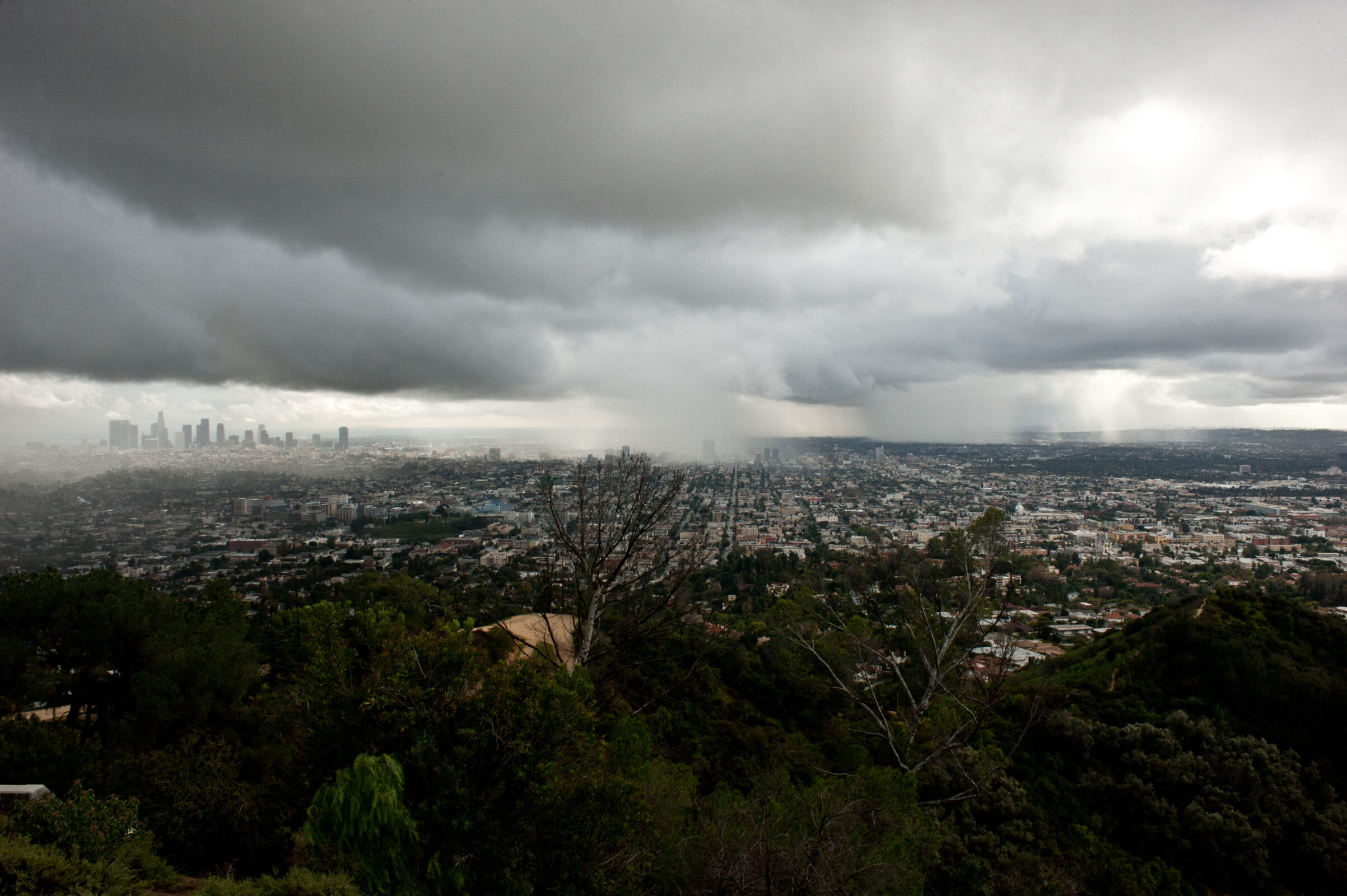

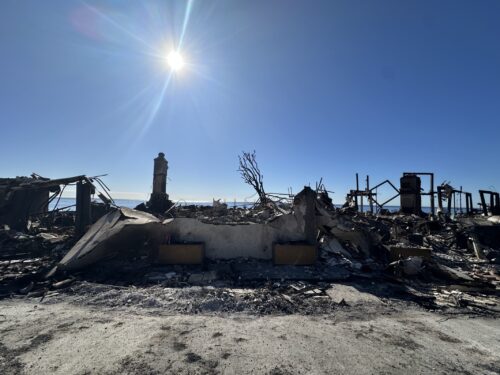
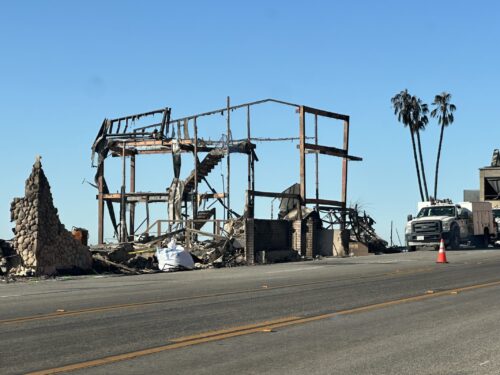

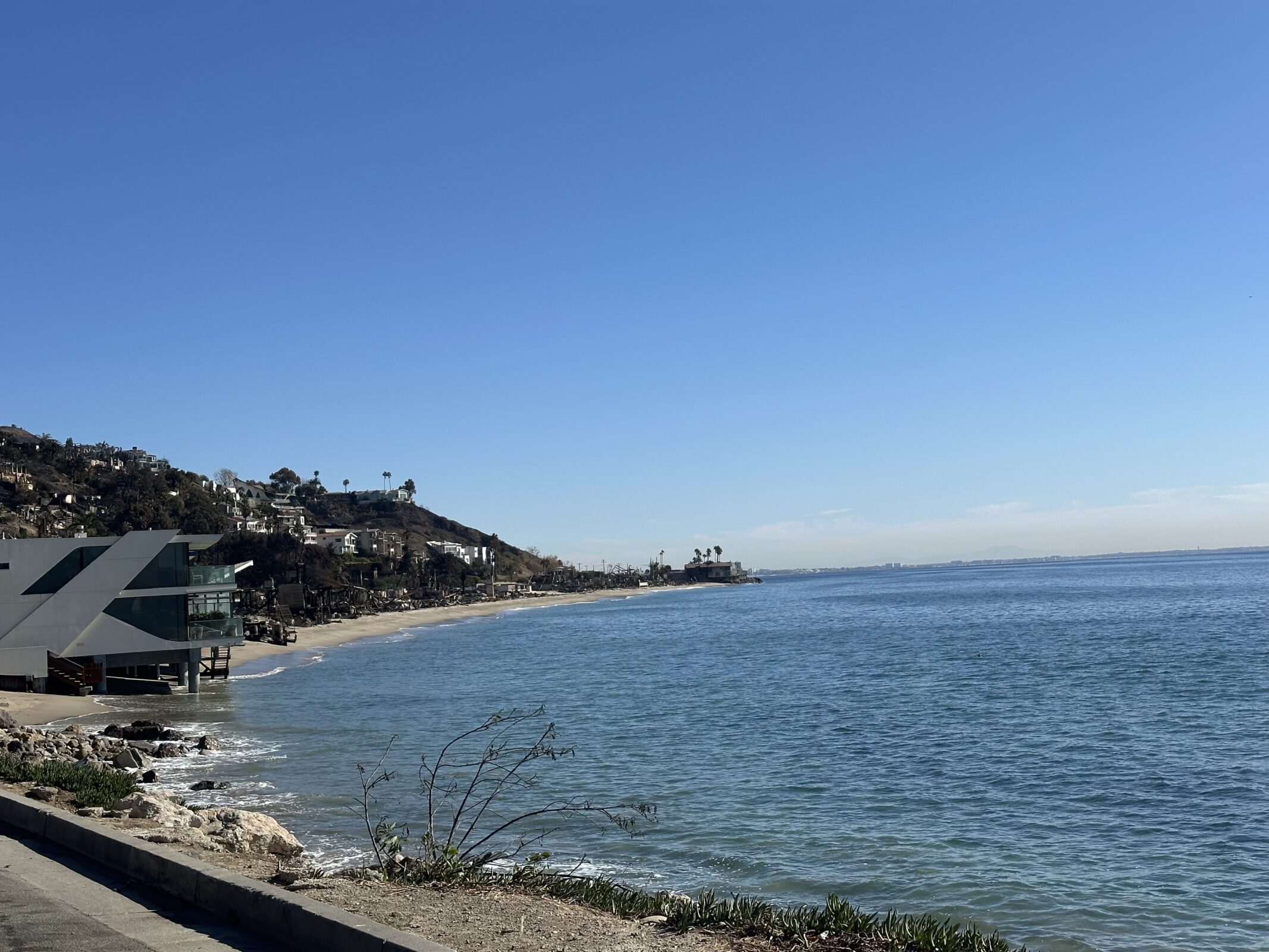
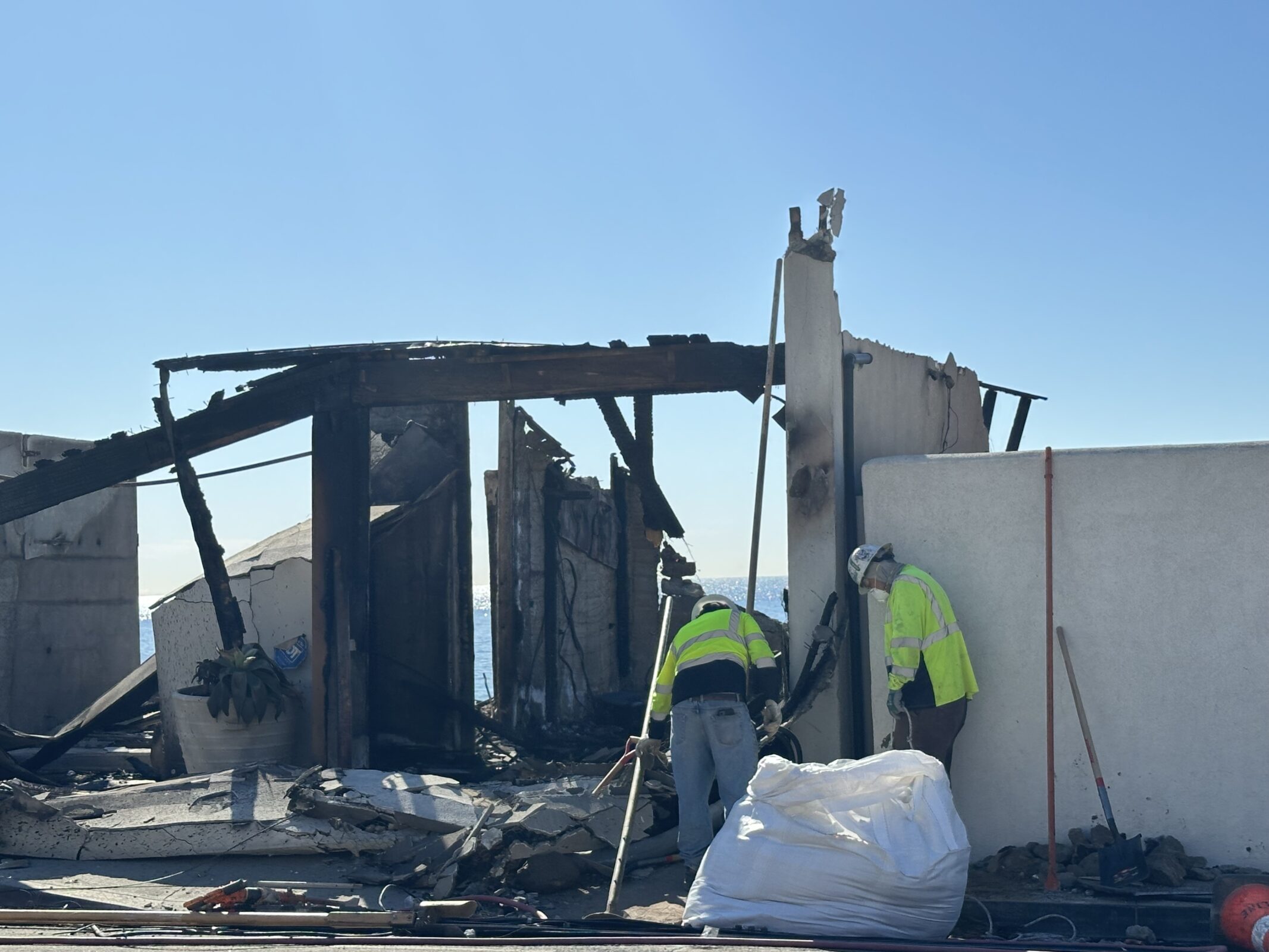


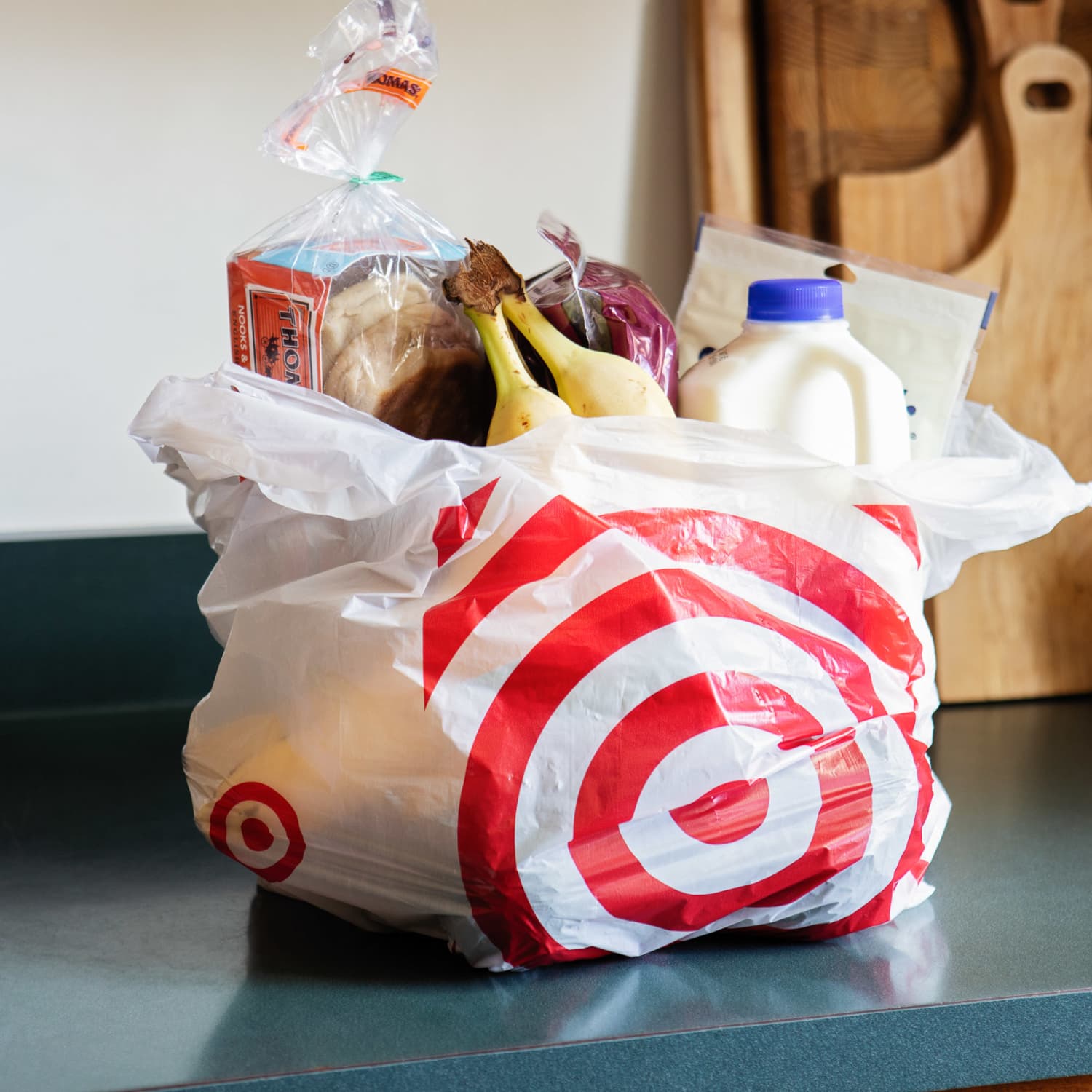
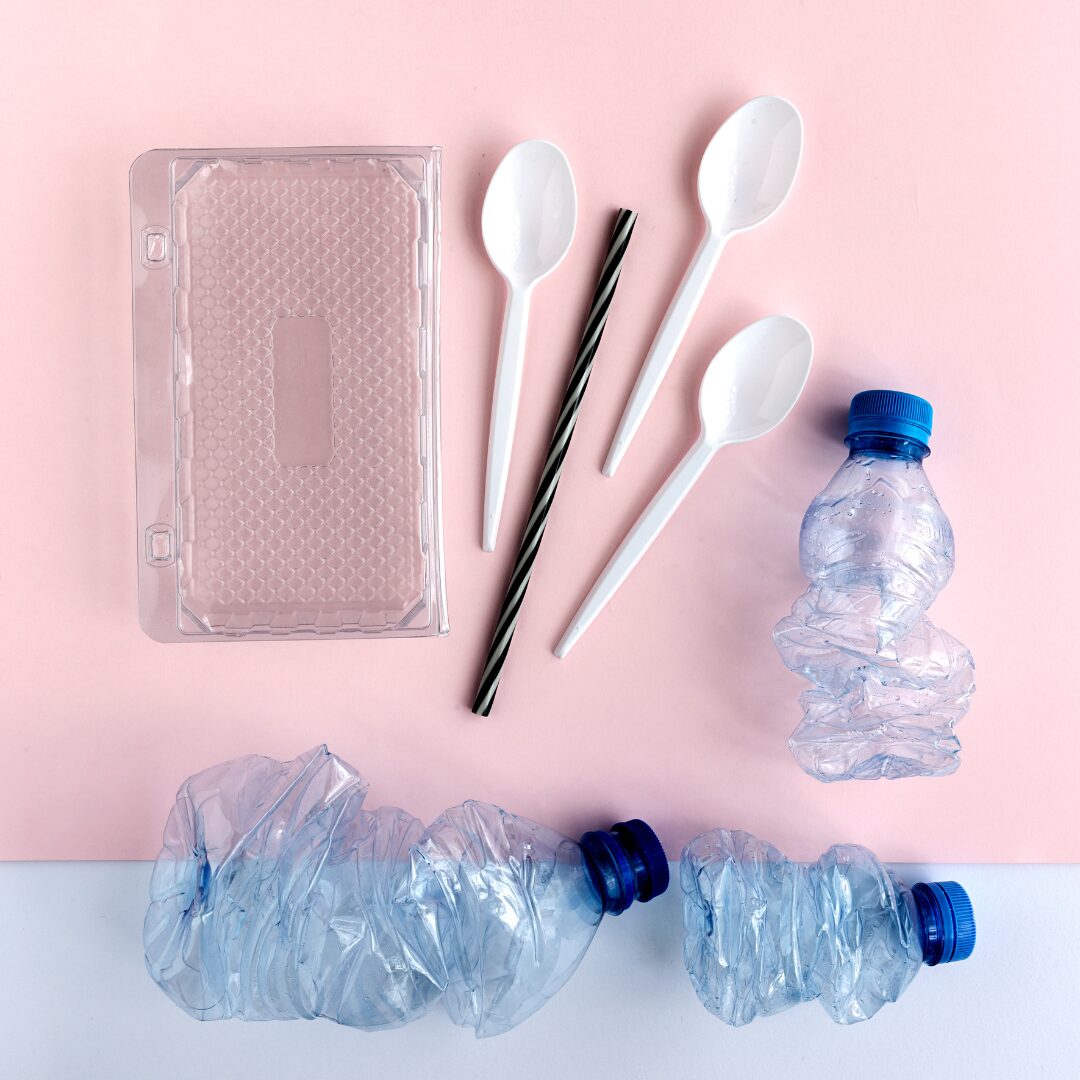

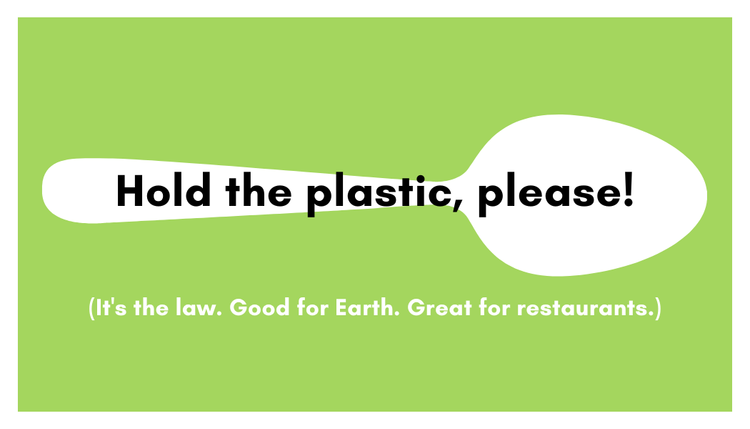
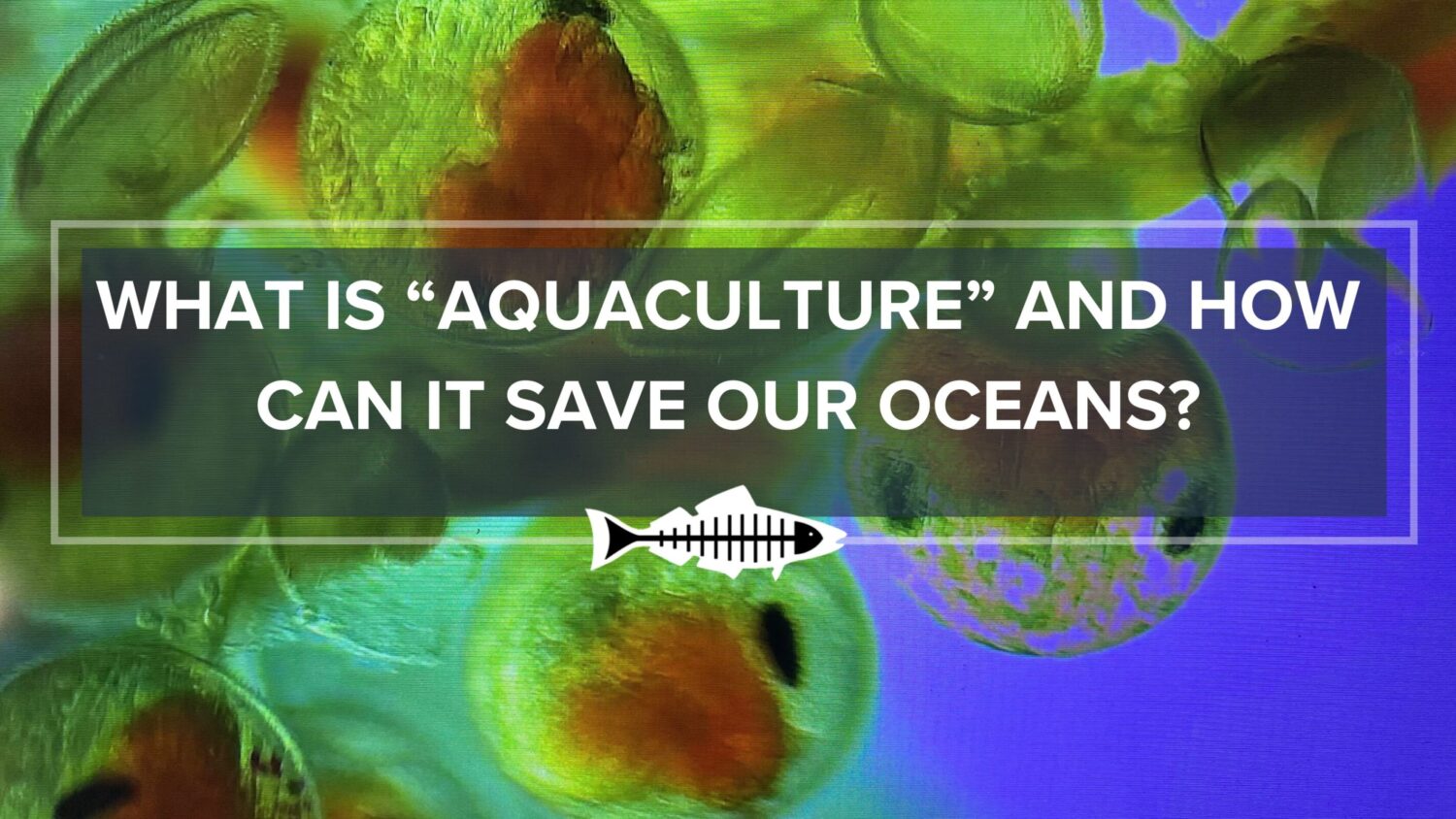
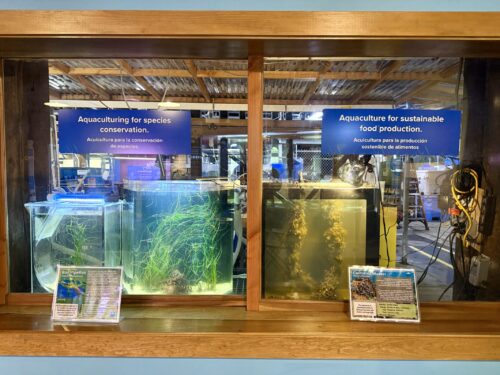
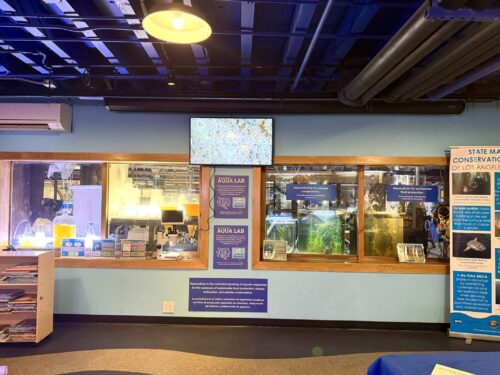
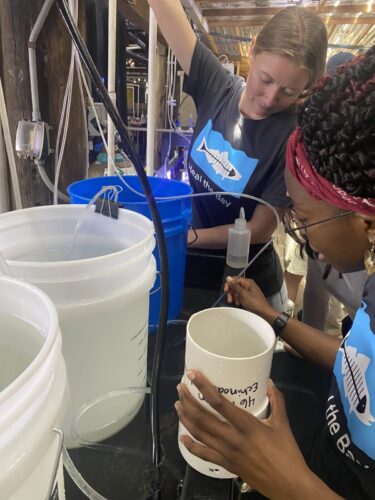
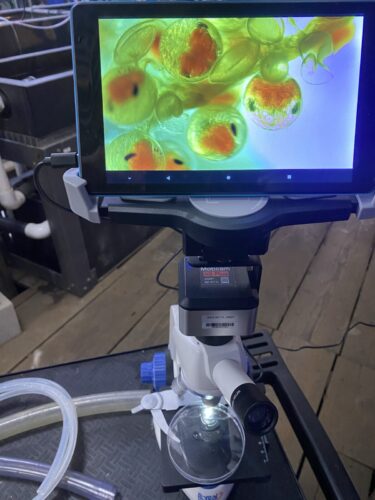
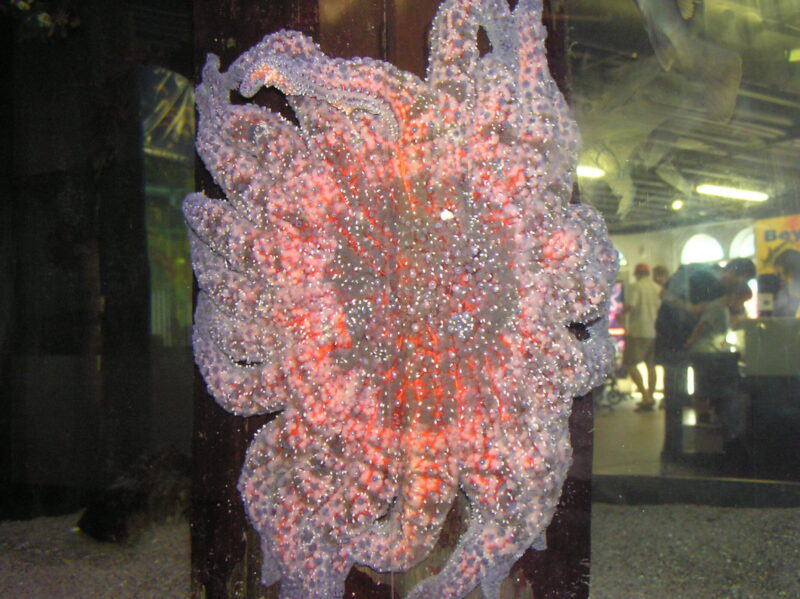
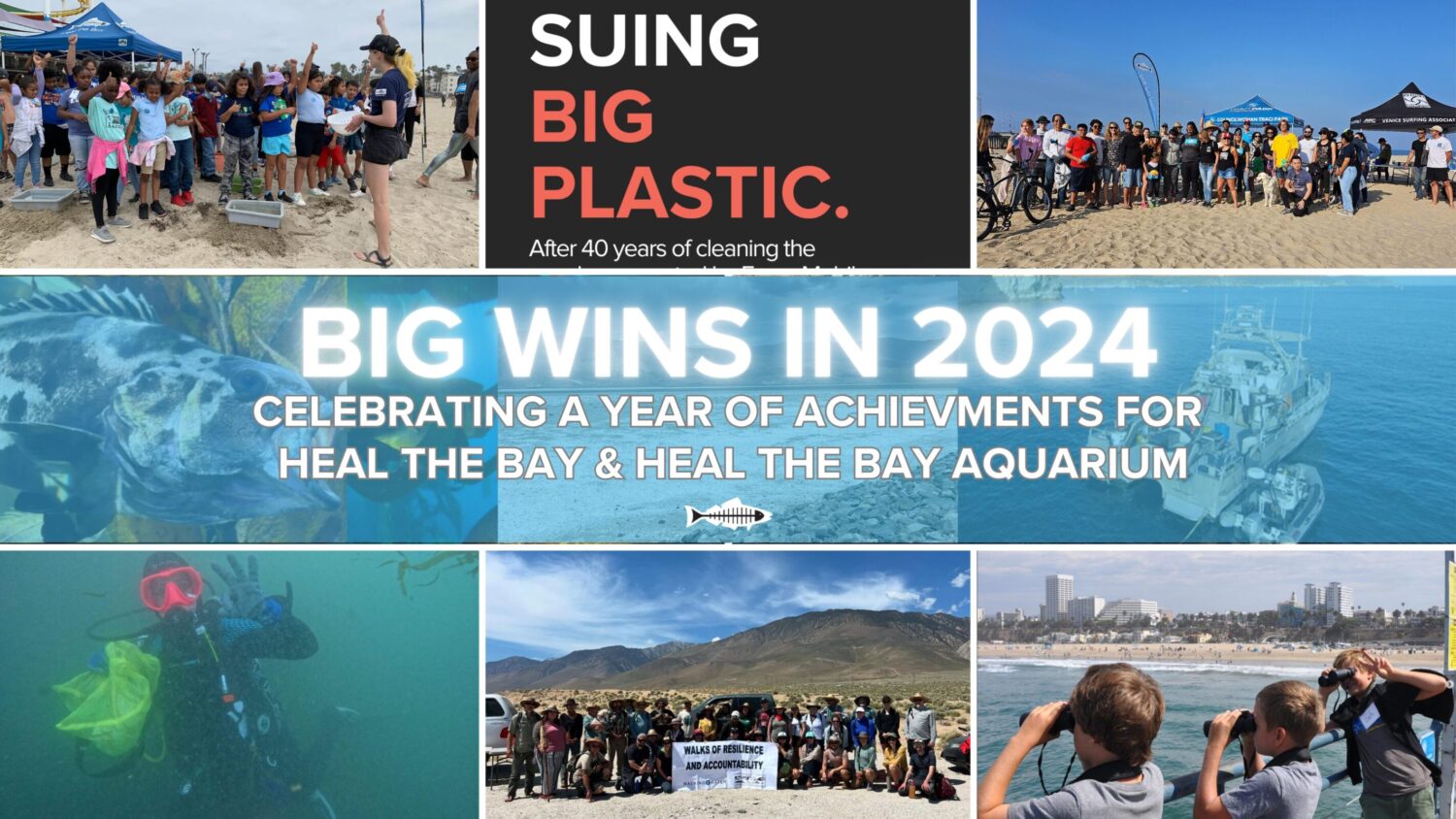
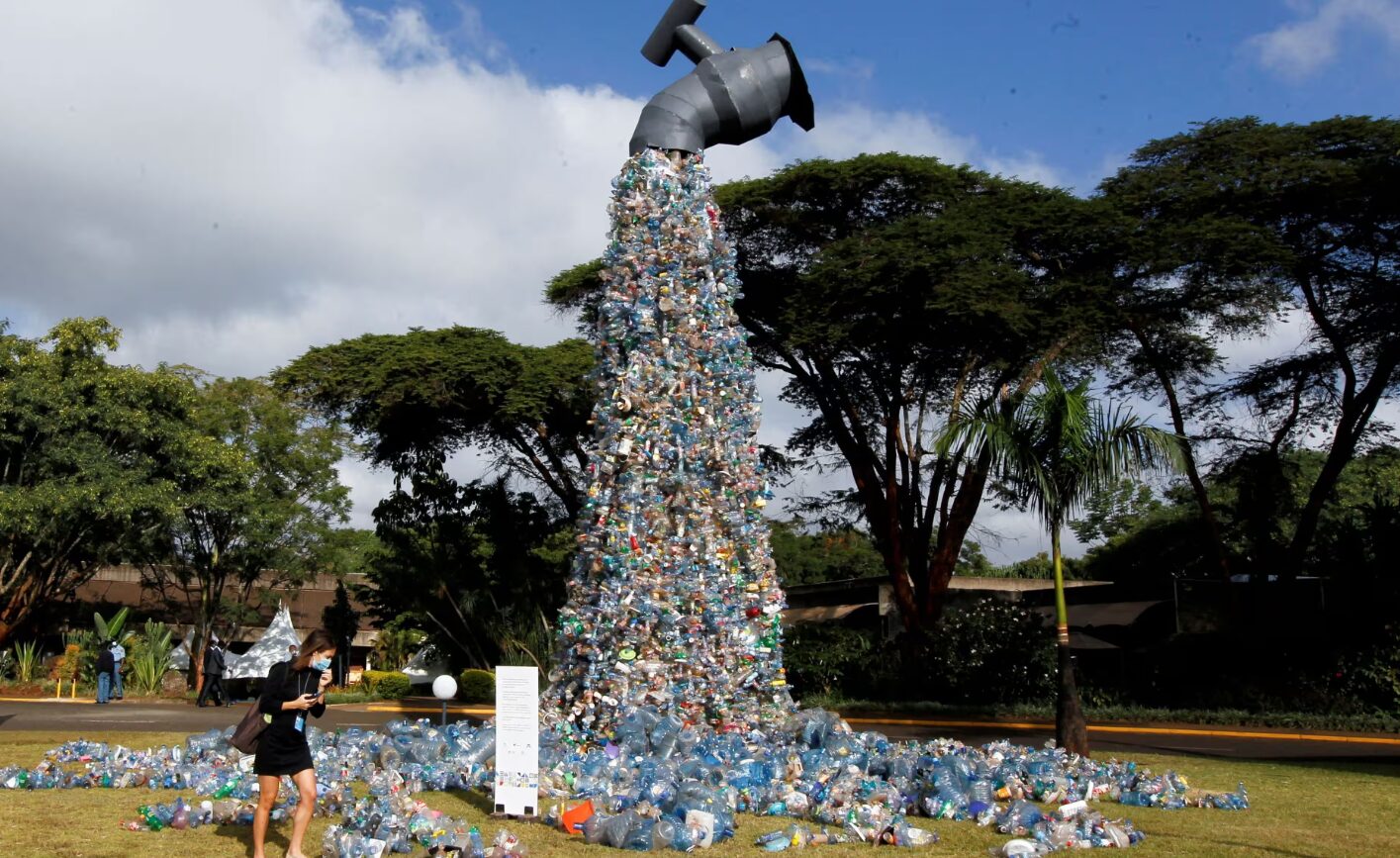 Heal the Bay co-authored the
Heal the Bay co-authored the 
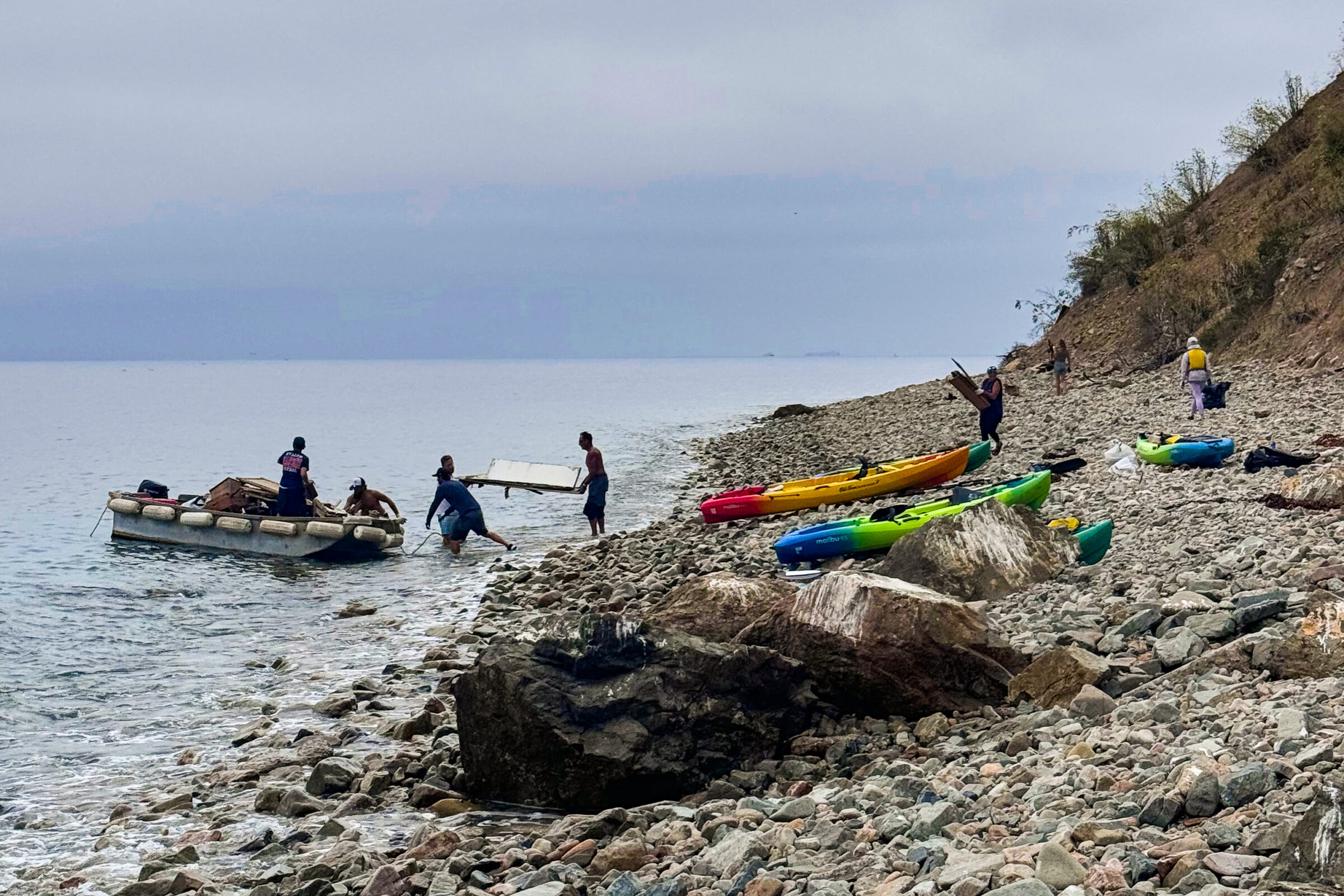 They were also featured as experts in the Los Angeles Times documentary “Out of Plain Sight.”.
They were also featured as experts in the Los Angeles Times documentary “Out of Plain Sight.”. 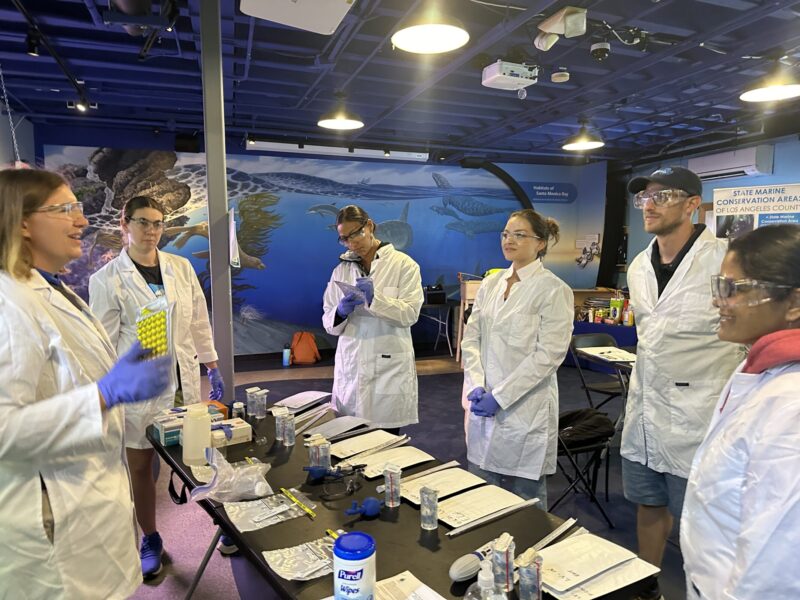
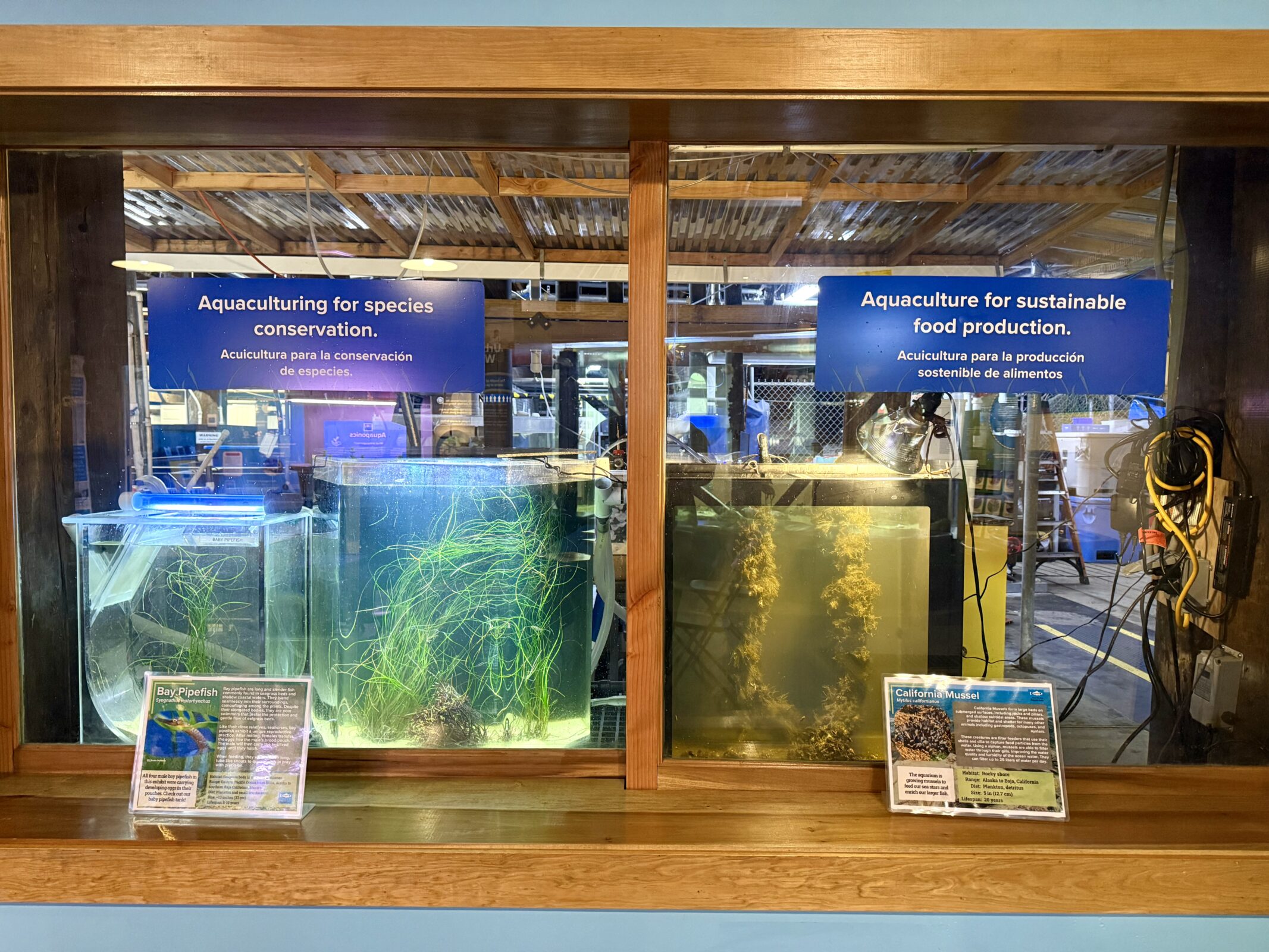 In 2024, Heal the Bay built a blue economy, providing professional training on sustainable aquaculture practices in partnership with Santa Monica College.
In 2024, Heal the Bay built a blue economy, providing professional training on sustainable aquaculture practices in partnership with Santa Monica College. 

